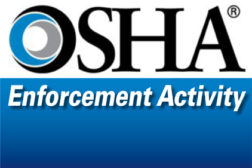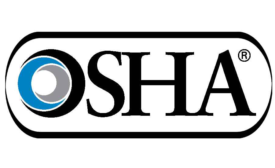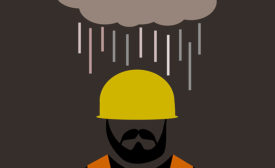Home » Keywords: » OSHA inspections
Items Tagged with 'OSHA inspections'
ARTICLES
Digital Edition Exclusive
The OSHA “willful” mysteries
Often there is no explanation for the charges
March 2, 2020
Neglect leaves OSHA short-staffed and leaderless
Desperate hours at the agency?
June 18, 2019
EVENTS
6/20/23 to 6/20/24
Contact: Amy Jackson
OSHA Workplace Safety Inspections: What You Need to Know!
Get our new eMagazine delivered to your inbox every month.
Stay in the know on the latest safety trends.
SUBSCRIBE TODAYCopyright ©2024. All Rights Reserved BNP Media.
Design, CMS, Hosting & Web Development :: ePublishing










